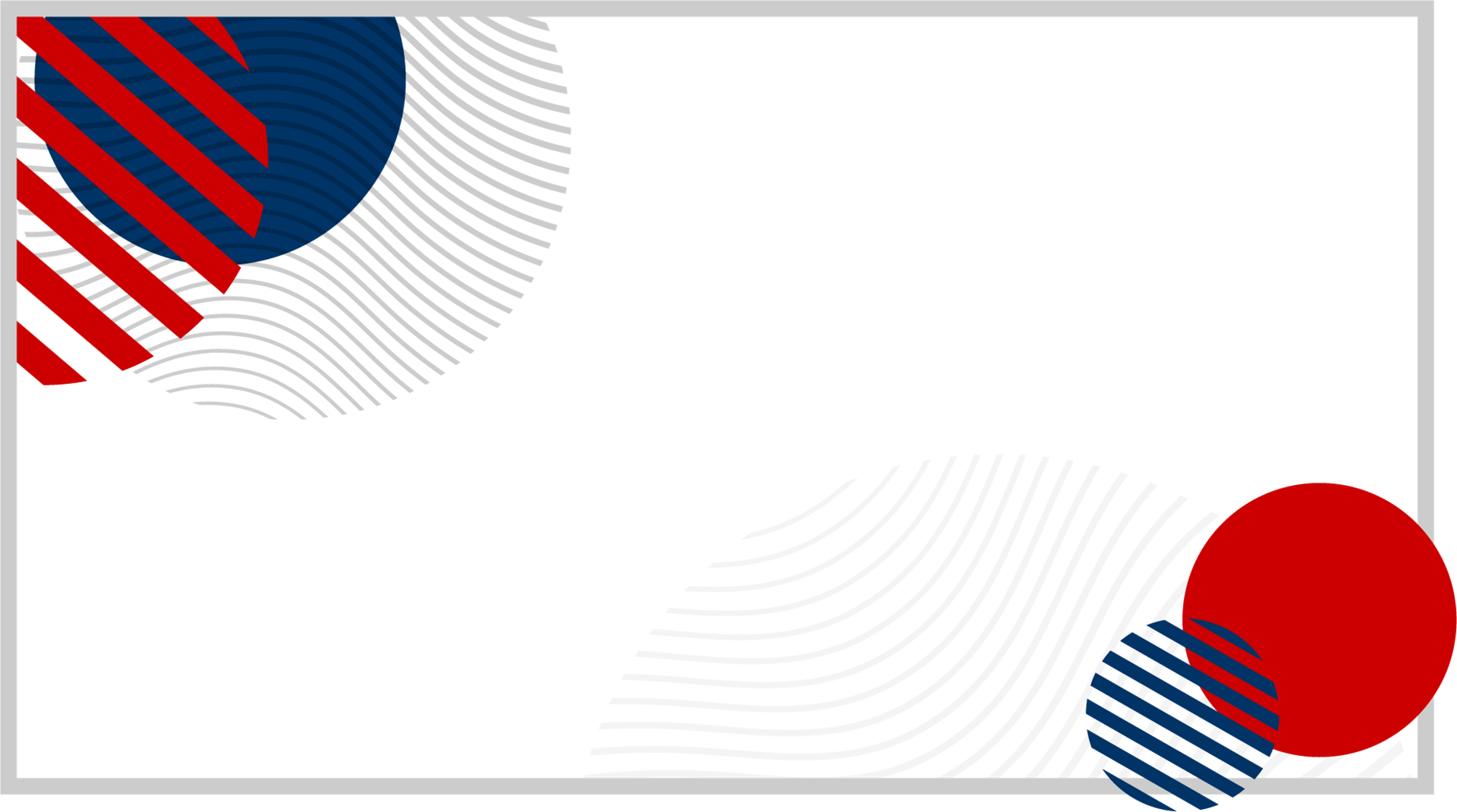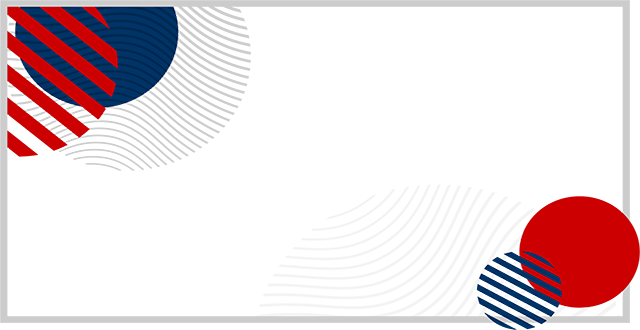Air Force Funds AI Research
Researchers in the College of Engineering and Computer Science recently received a three-year, $653,393 grant from the United States Air Force Office of Scientific Research for a project titled “Data Analytics and Data Conformity Evaluation with L1-norm Principal Components.” For the project, researchers will develop new theory and methods to curate training data sets for artificial intelligent (AI) learning and screen real-time operational data for AI field deployment. The project team is spearheaded by Dimitris A. Pados, Ph.D., principal investigator, a professor and Eminent Scholar in Engineering and Computer Science in the College of Engineering and Computer Science, a fellow of FAU’s Institute for Sensing and Embedded Network Systems Engineering and director of the Center for Connected Autonomy and Artificial Intelligence.
Life in the Lagoon
Researchers in FAU’s Harbor Branch Oceanographic Institute recently published a study in the journal Endangered Species Research showing that white-spotted eagle rays use the deeper portions of the Indian River Lagoon (IRL) during the day and shallower portions during the night. In addition, they move faster while in the ocean and lagoonal habitats and slower in channels and inlets.
This research suggests that these rays may spend more time foraging at night in the shallow water of the lagoon than during the day. These observations revealed the rays’ affinities for areas that are also important to humans for recreational and commercial purposes, such as inlets, channels and clam aquaculture lease sites close to shore. This information is valuable for managers to develop strategies mitigating impactson the species.
In another recent study published in Estuaries and Coasts, Harbor Branch researchers conducted the first long-term, in-depth analysis of sharks and rays in the southern IRL, from Sebastian to the Saint Lucie inlet.
From 2016 to 2018, researchers caught 630 individuals of 16 species, including two critically endangered small-tooth sawfish. The two most commonly caught species were bull sharks and Atlantic stingrays.
Results of the study showed that many sharks and rays use the southern IRL throughout their lives, and the area may serve as an important nursery for certain species. A record of the diversity and distribution of these animals is the first step to understanding how they may be affected by environmental change and pollution in the lagoon.
Mapping Cavefish Brains
A groundbreaking study published in Science Advances by neuroscientists in the Charles E. Schmidt College of Science, the Harriet L. Wilkes Honors College, and collaborators, is the first to identify large-scale differences between surface fish and cavefish populations of the tiny Mexican tetra, by comparing brain anatomy and activity across independently evolved populations.
These populations exhibit differences in behaviors related to feeding and hunting, so results from this study provide a neural basis for understanding behavioral evolution, according to Alex C. Keene, Ph.D., lead author and an associate professor in the College of Science.
$2.4M Grant to Train in Data Science
Researchers from the College of Engineering and Computer Science, in collaboration with the Charles E. Schmidt College of Medicine, the Christine E. Lynn College of Nursing and the Charles E. Schmidt College of Science, recently received a five-year, $2.4 million grant from the National Science Foundation (NSF) to train graduate students in data science technologies and applications in three key areas: medical and health care applications, industry applications, and data science and artificial intelligence technologies.
The research team is led by Borko Furht, Ph.D., principal investigator, a professor in the College of Engineering and Computer Science, and director of the NSF Industry/University Cooperative Research Center for Advanced Knowledge Enablement.
TECH RUNWAY AND FAU WAVE
Student Wins Prestigious Competition
Hannah Herbst, a College of Business senior, recently won first place honors and a $10,000 cash prize in Florida Venture Forum’s Statewide Collegiate Startup Competition. This marks the first time since 2014 that a student from FAU has taken the top award.
Herbst and her company, Tiburon Technologies, LLC, invented an antibacterial, reusable bandage that prevents the migration of multiple strains of deadly bacteria into the wounds of postoperative, hospital-based patients. She said she will use the prize money to file additional patents and to move forward with an identified contract manufacturing firm.
Herbst credits her participation in the FAU Wave, I-Corps and Tech Runway programs for key instruction and mentorship in entrepreneurship.
“Hannah’s success, both as a student researcher and as an entrepreneur, is a testament to the quality of the research enterprise and of the entrepreneurship ecosystem FAU has grown,” said Daniel Flynn, Ph.D., vice president for Research. “Students, faculty, staff, alumni, and friends of FAU all have the opportunity to participate in a large variety of high-quality research and entrepreneurship-focused programs.”
$2.2M to Monitor Algal Bloom
Jordon Beckler, Ph.D., an assistant research professor at the Harbor Branch Oceanographic Institute and a faculty fellow in FAU’s Institute for Sensing and Embedded Network Systems Engineering, recently received a $2.2 million grant for a project titled “Harmful Algal Bloom Assessment of Lake Okeechobee.” The goal of the project is to help combat Florida freshwater eutrophication and harmful algae proliferation, ultimately protecting human and ecosystem health.
This research will pinpoint problem areas prior to or early in the emergence of harmful algal blooms in Lake Okeechobee. These blooms have been linked to skin disease, respiratory distress, liver damage and liver cancer in both animals and humans.
Study Reveals Students’ Preference for E-Learning
Dani Groton, Ph.D., and Christine Spadola, Ph.D., both assistant professors in the College of Social Work and Criminal Justice, recently described the results of their research on seven preferences social work students have when it comes to learning online.
The results, published in Social Work Education: The International Journal, identified these preferences: visuals, interactive components, asynchronous structure, the importance of “switching it up,” accessibility concerns, need for applied scenarios and preferences for assessment types.
$1.3M NIH Grant for Stem Cell Research
Researchers in the Charles E. Schmidt College of Medicine plan to conquer a major limitation in the ability of scientists to engineer tissues for regenerative therapies for age-related and degenerative diseases.
Lisa Ann Brennan, Ph.D., a research associate professor, and Marc Kantorow, Ph.D., professor and assistant dean for graduate studies, were recently awarded a five-year, $1.3 million (total $2.7 million) grant, from the National Eye Institute of the National Institutes of Health for a research project that will help identify novel mechanisms for how immature eye cells activate genes to become mature visual cells.
Vets Walking Pets
A team of researchers led by Cheryl Krause-Parello, Ph.D., a professor and director of Canines Providing Assistance to Wounded Warriors in the Christine E. Lynn College of Nursing, recently examined the effects of walking with a shelter dog versus walking with a human on psychological stress indicators, post-traumatic stress disorder (PTSD) symptoms and perceived stress in reintegrating military veterans.
Results, published in the journal Anthrozoös, showed evidence that walking a dog benefits veterans, especially those with PTSD. For instance, the scientists found that walking a dog lowered levels of the stress hormone cortisol for those with PTSD.
First Tally of Ocean Plastics
Trillions of plastic debris fragments are afloat at sea, creating the perfect environment for the colonization of microorganisms, such as bacteria. The large quantity of cells and biomass carried by plastic debris has the potential to impact biodiversity, ecological functions and biogeochemical cycles in the ocean. While numerous studies have characterized the cells on these plastic surfaces, none have quantified the total carbon in oceanic plastic debris under in situ conditions.
In a new study published in the ISME Journal, researchers from Harbor Branch Oceanographic Institute and the Harriet L. Wilkes Honors College, and collaborators, conservatively estimate that about 1% of microbial cells in the ocean surface microlayer inhabit plastic debris globally. This mass of cells would not exist if plastic debris were not in the ocean, constituting a disruption of the proportions of native flora in that habitat.
Leading in the Field
Four researchers recently earned early-career awards from the National Science Foundation (NSF).
• Marianne Porter, Ph.D., an assistant professor in the Charles E. Schmidt College of Science, is the first faculty member in FAU’s biological sciences department to earn this coveted award.
• Feng-Hao Liu, Ph.D., an assistant professor in the College of Engineering and Computer Science
• Waseem Asghar, Ph.D., an associate professor in the College of Engineering and Computer Science
• Behnaz Ghoraani, Ph.D., an associate professor in the College of Engineering and Computer Science
Collectively, their research includes the study of sharks’ swimming abilities, cryptography, viral infection tests and tracking Alzheimer’s disease by wearing a smart watch.
NSF’s early-career award offers support to faculty who have the potential to serve as academic role models in their communities. The five-year grants to FAU faculty total more than $2 million and will support the recipients’ research and education, leading to advancements in science and engineering.
Parkinson’s Disease Study is ‘On the Nose’
Mounting evidence shows a link between inflammation of neuron cells in the nose and degenerative diseases, such as Parkinson’s disease (PD). Loss of smell is one of the earliest signs of PD, though it’s not clear why. It’s thought that environmental toxins inhaled through the nose may induce inflammation in the brain, triggering the production of Lewy bodies that can then be spread to other brain regions. Now, FAU researchers have added weight to this theory, and identified a molecule that may be key to the domino effect kicked off by nasal inflammation.
Ning Quan, Ph.D., a professor in the Charles E. Schmidt College of Medicine and member of the Brain Institute, and a team of researchers used mouse models to demonstrate that inflammation induced in the nasal tissue by a type of molecule found in bacteria leads to toxic forms of a protein that degenerates and triggers Parkinson’s-like symptoms in mice. Quan and his team found this inflammation is triggered by a single receptor protein, interleukin 1 beta. The findings were published in the journal Brain Pathology. ◆

